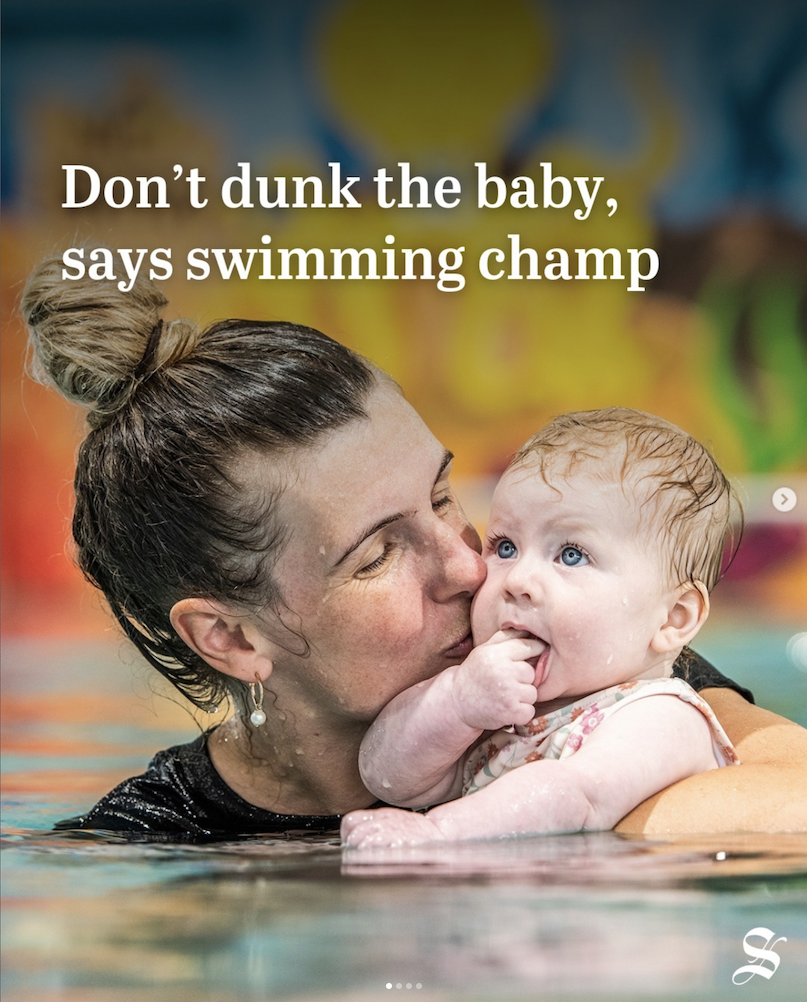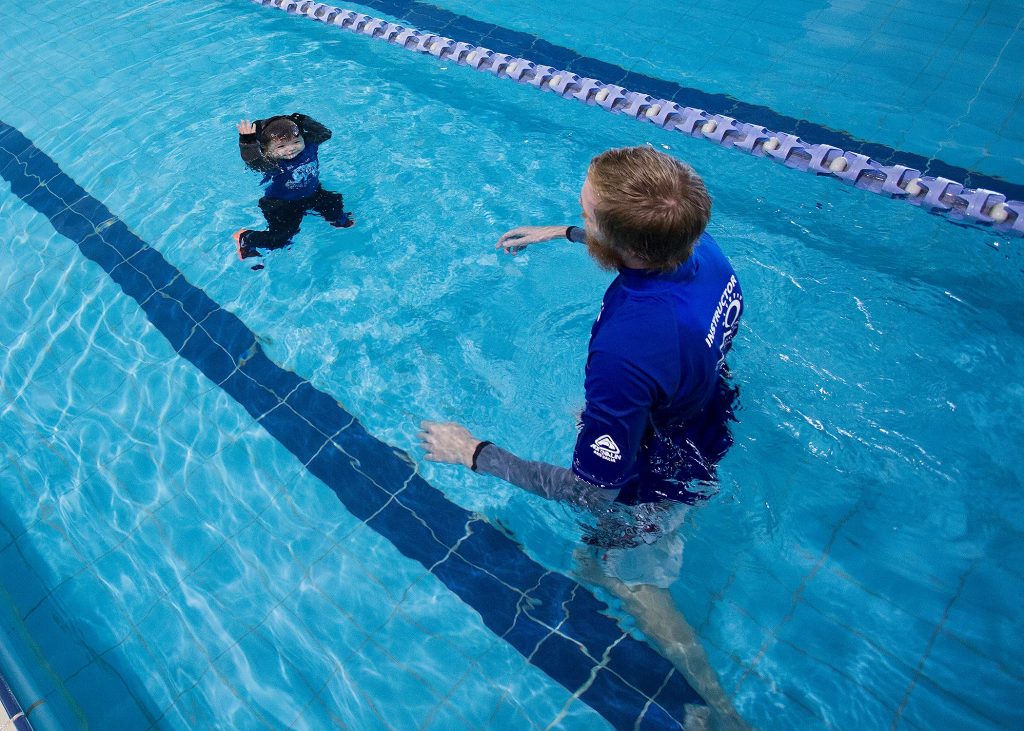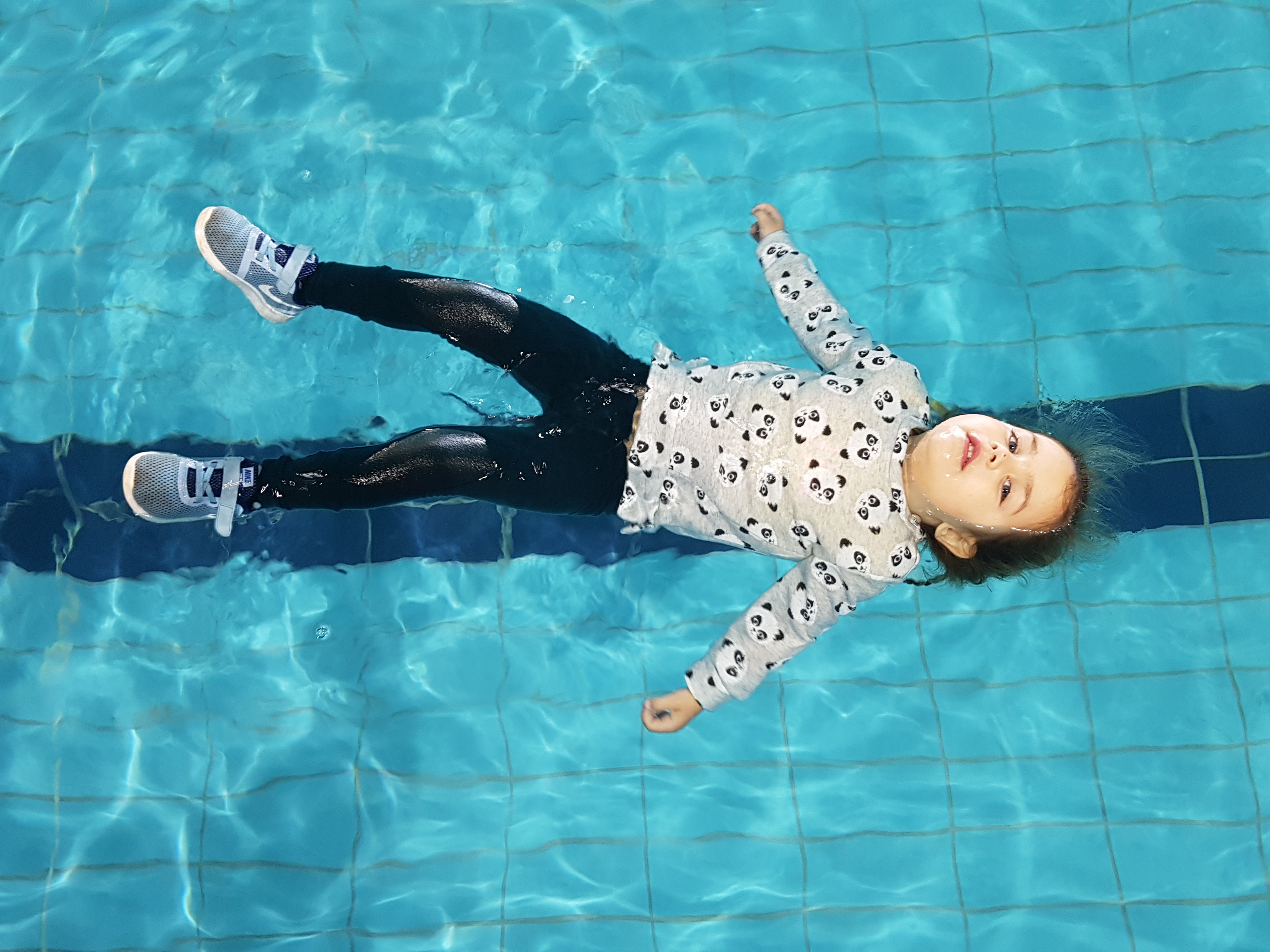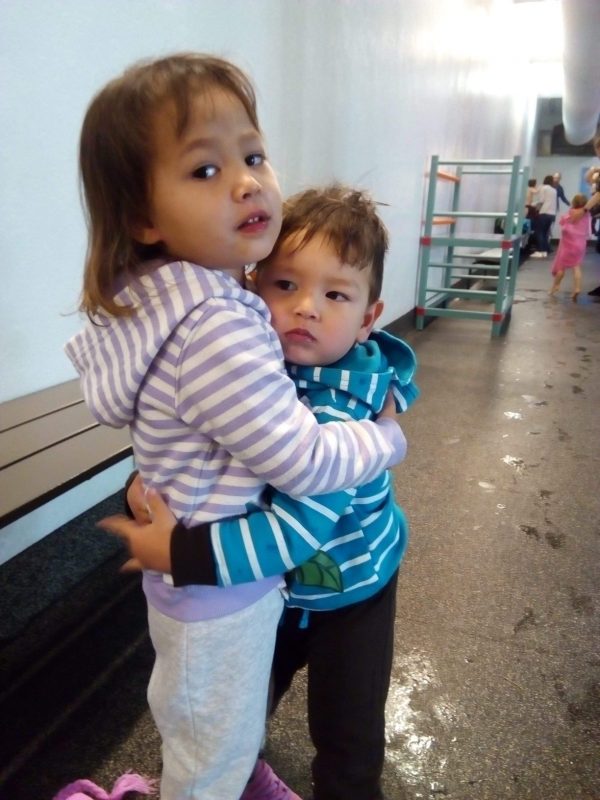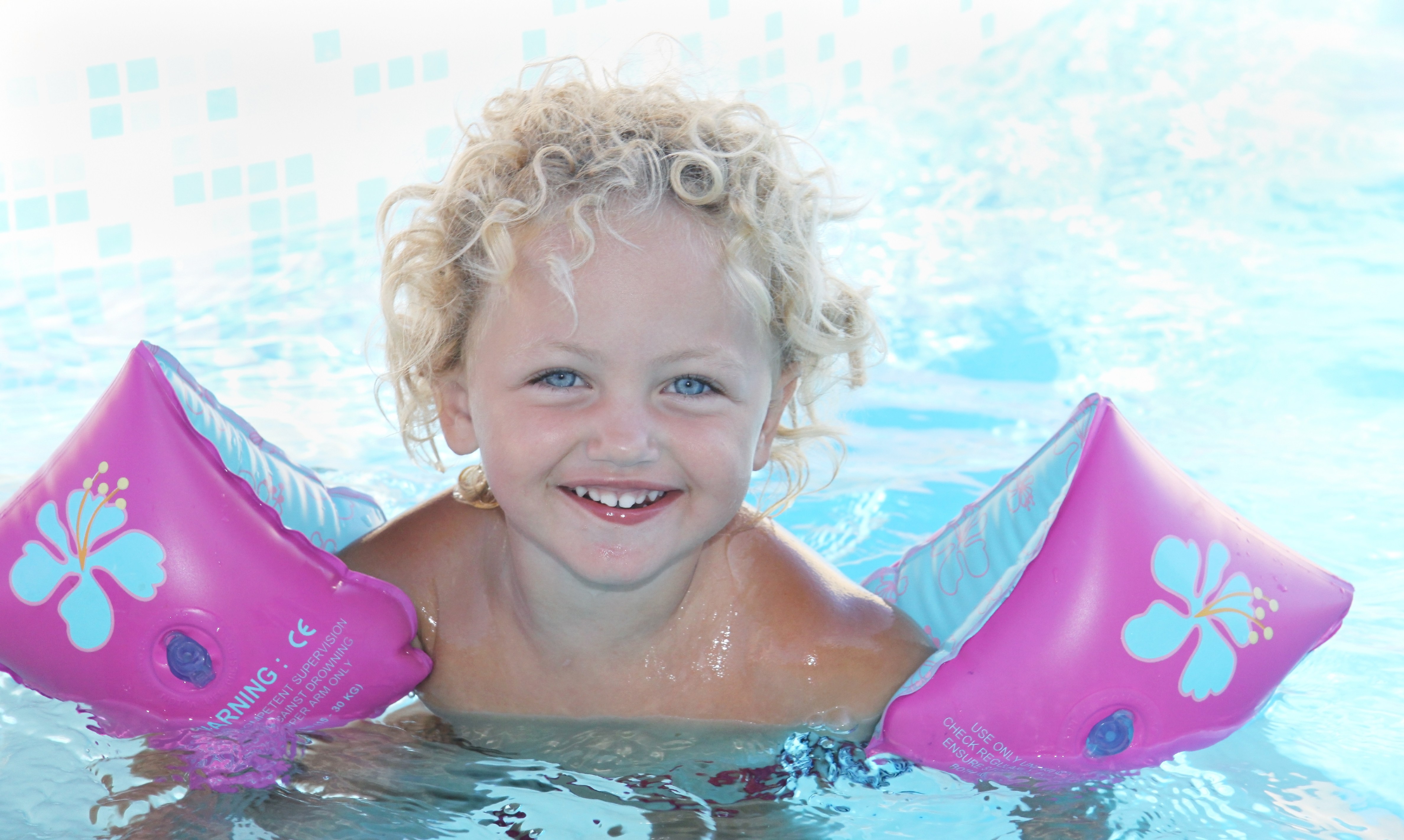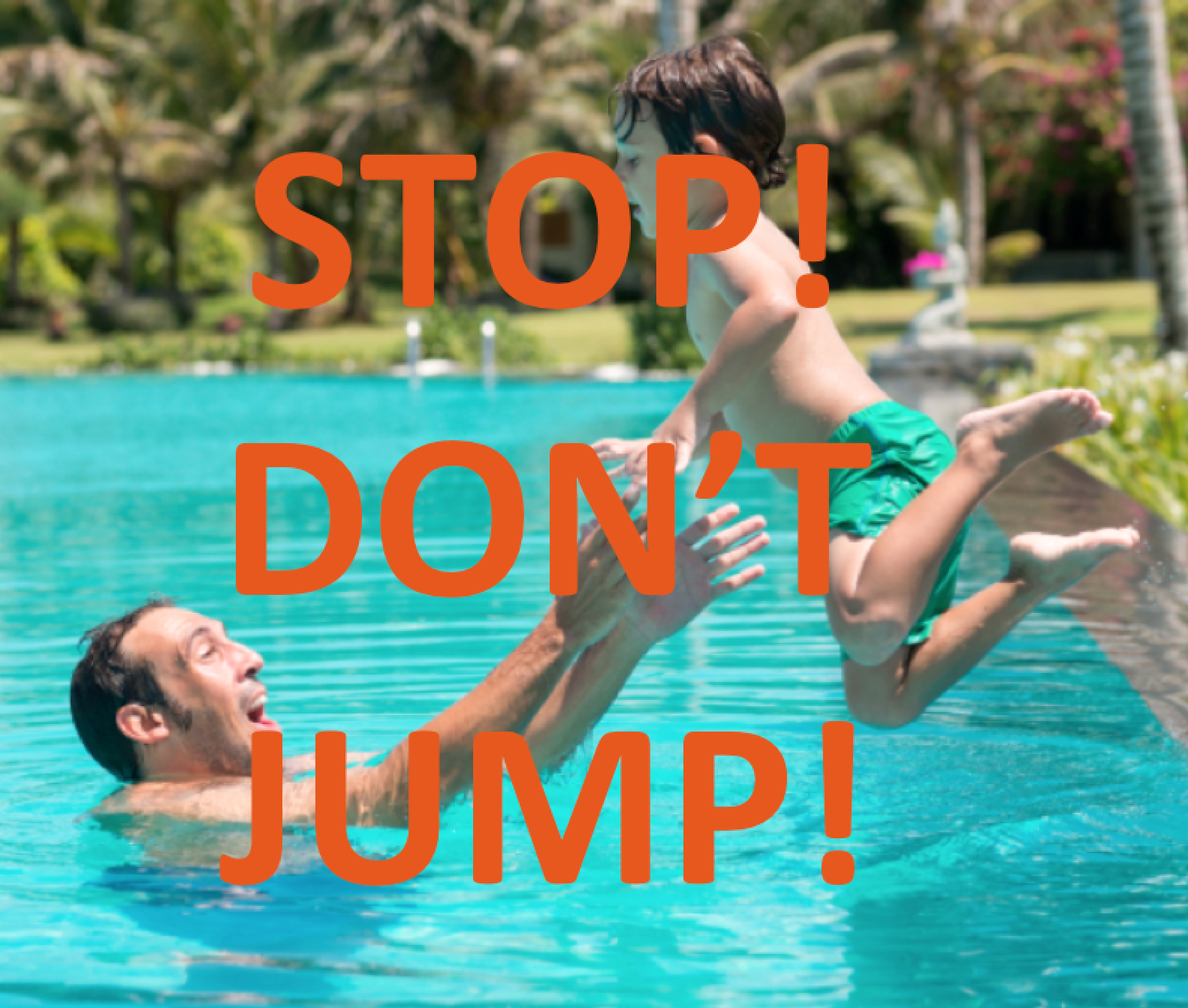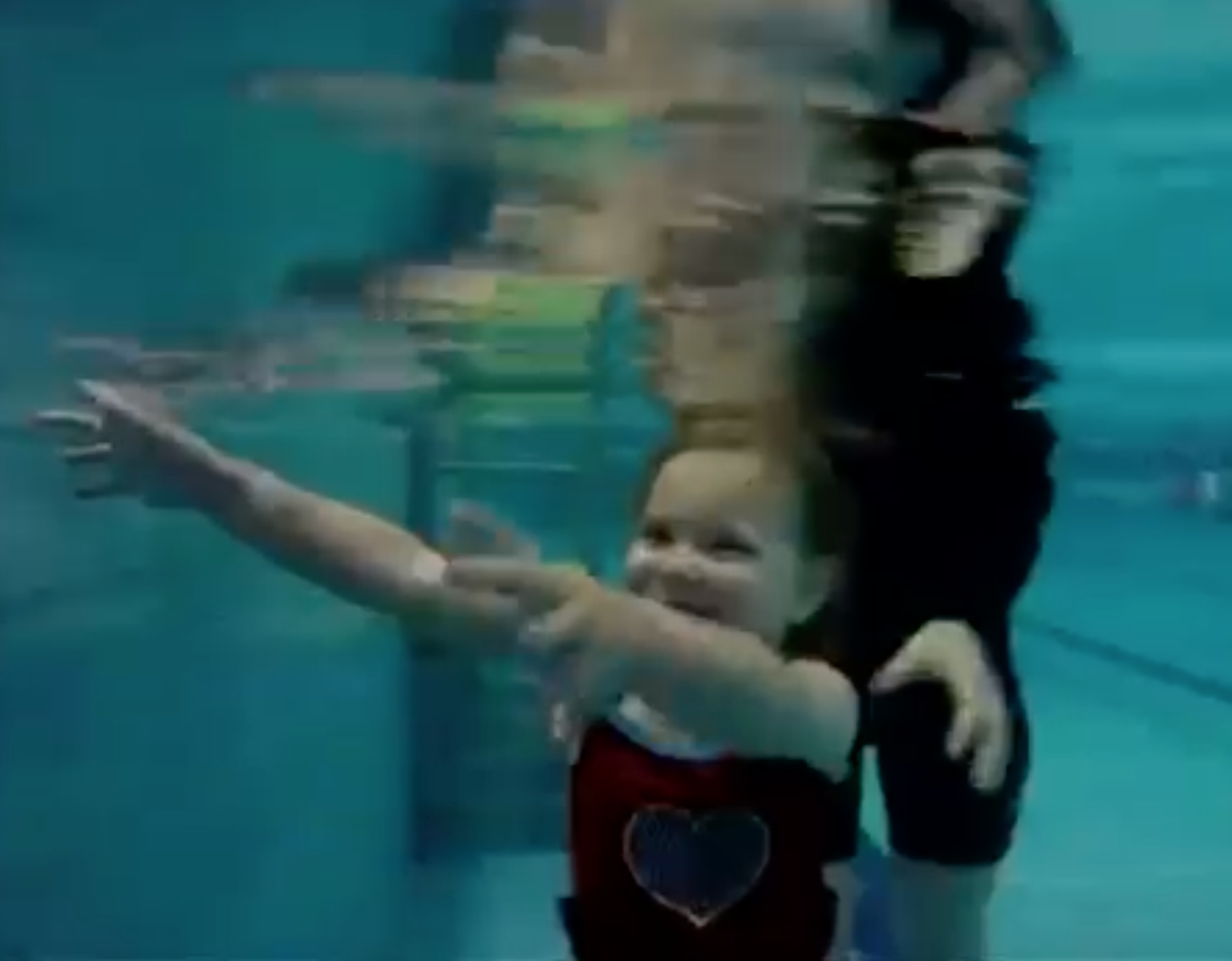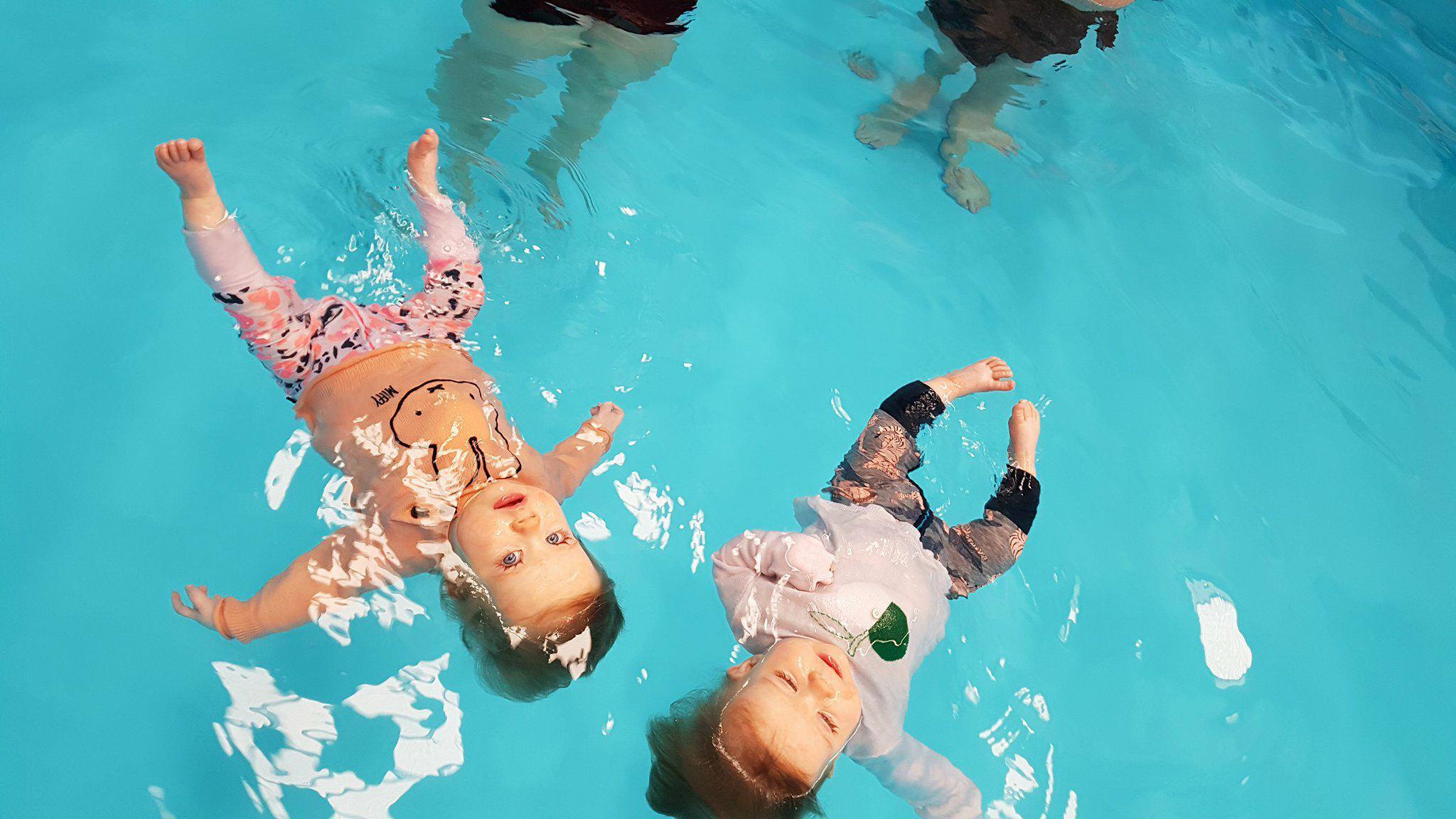The Royal Life Saving Drowning Report for 2023/2024 was released today and it serves as a sobering reminder the barriers advocated by the industry to protect our children in and around water are failing.
Tragically 323 drowning deaths were recorded over the past 12 months, 16% higher than the ten-year average. These are fatal drownings only.
For every fatal drowning a further 3 would have experience a non fatal drowning incident and be hospitalised or have life long injuries. Meaning in 2023-24 there would have been close to 1292 drowning incidents (323 fatal; 969 non-fatal) in Australian waterways.
For children aged 0-4 years;
– 15 children drowned.
– Children aged 1 year accounted for the highest number of drowning deaths in the 0-4 year age group, with 6 children aged 1 year dying from drowning.
– The leading activity prior to drowning for children aged 1 year was falls into water. 27% occurred in the home environment most commonly in the swimming pool. For children aged 5 – 14 years;
– The drowning rate increased 30% and the main reason for the death was unintentional falls into water.
– Children aged 6 and 14 years had the highest recorded drowning deaths. Most (48%) occurred due to unintentional falls into water in rivers or creeks.
For all drowning deaths;
– 25% of all drowning deaths were born overseas.
– People from disadvantaged and regional areas drowned at a higher rate than those from higher advantaged areas, particularly in children aged 5 – 14 years
– The majority of all drowning deaths (46%) occurred in coastal locations (150), including 84 drowning deaths (26%) at beaches. 34% at inland waterway locations (110), including 80 drowning deaths (25%) at rivers. 11% occurred in swimming pools (35 deaths), half (51%) were backyard pools
– December and March recorded the highest numbers of drowning deaths with the afternoons from 12pm – 6pm recorded the most deaths.
– NSW recorded the most drowning deaths across all states (128) which is a 33% increase.
– Drowning rates increase ten-fold from age 10 to age 20, likely due to increases in risk taking, and a lack of swimming, water safety and lifesaving skills across youth and young adult populations.These are people’s lives not just numbers!
Appreciating many children aged 1 – 3 years likely took a break from lessons during the COVID lockdown down periods and may be the reason why there is a 30% increase in drowning deaths for children aged 5
– 14 years with children aged 6 years showing the highest number of drownings. The foundational years are crucial for water safety education and these were unfortunately stripped away from this age group and there is a lot of catching up to do.
We need a hands on approach to water safety and survival skills. Teaching a person to float, breathe and wait for help is a life saving skill which can be translated across all ages and aquatic environments.
People don’t drown due to a lack of swimming ability. They drown because they are unable to hold and maintain an effective body posture for breathing. When children learn to survive in water it can translate to all aquatic environments. So as they are graduating through life from childhood to adolescence, they understand their limitations and don’t over estimate their abilities. Water safety education is vital and the skills taught need to be realistic for the person, given their age and aquatic environment.
Source and credit The National Drowning Report 2024, published by the Royal Life Saving – Australia in partnership with Surf Life Saving Australia
#survivalswim #swimsurvival #KASS #KidsAquaticSurvivalSchool #Infantswim #WaterSafety #Drowningprevention #Floatingsaveslives
